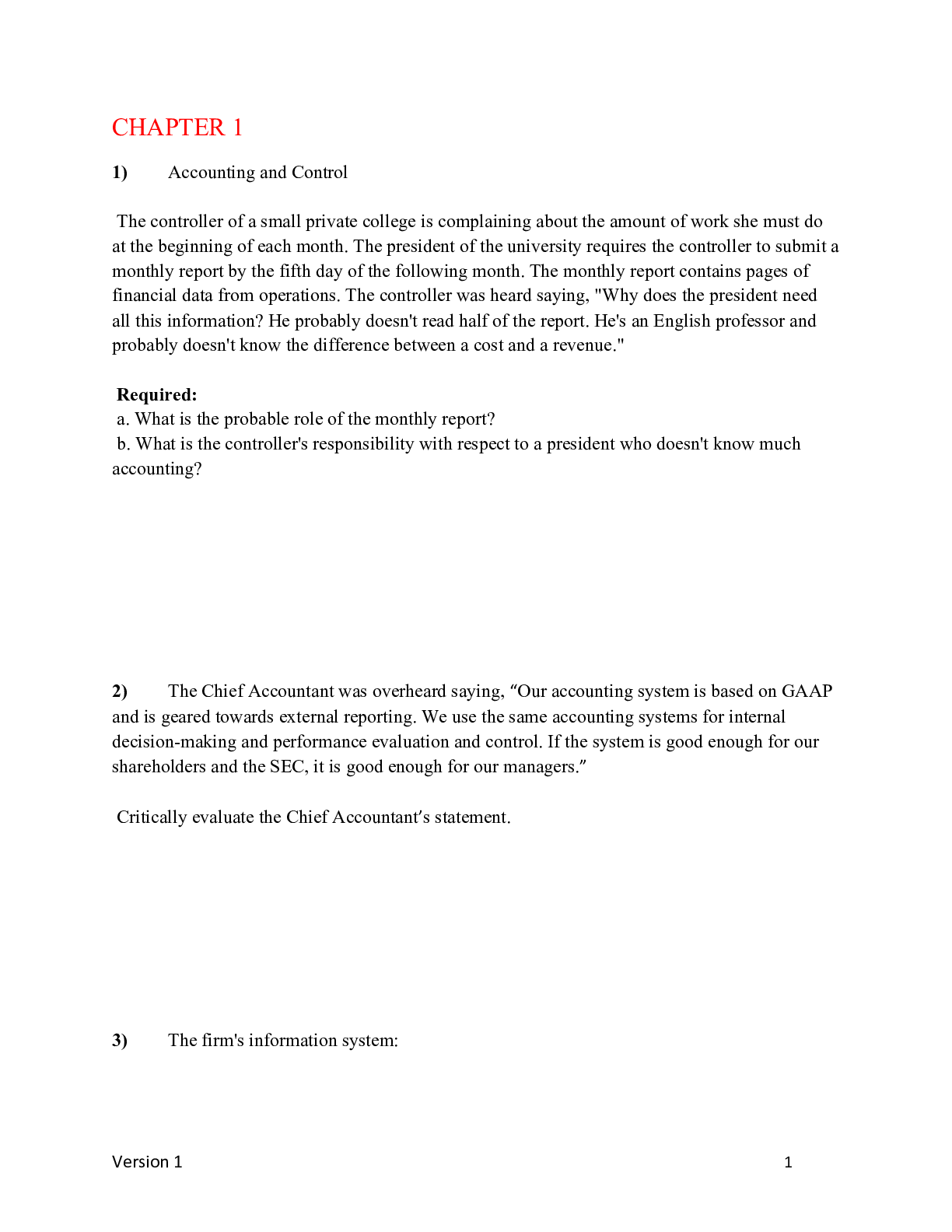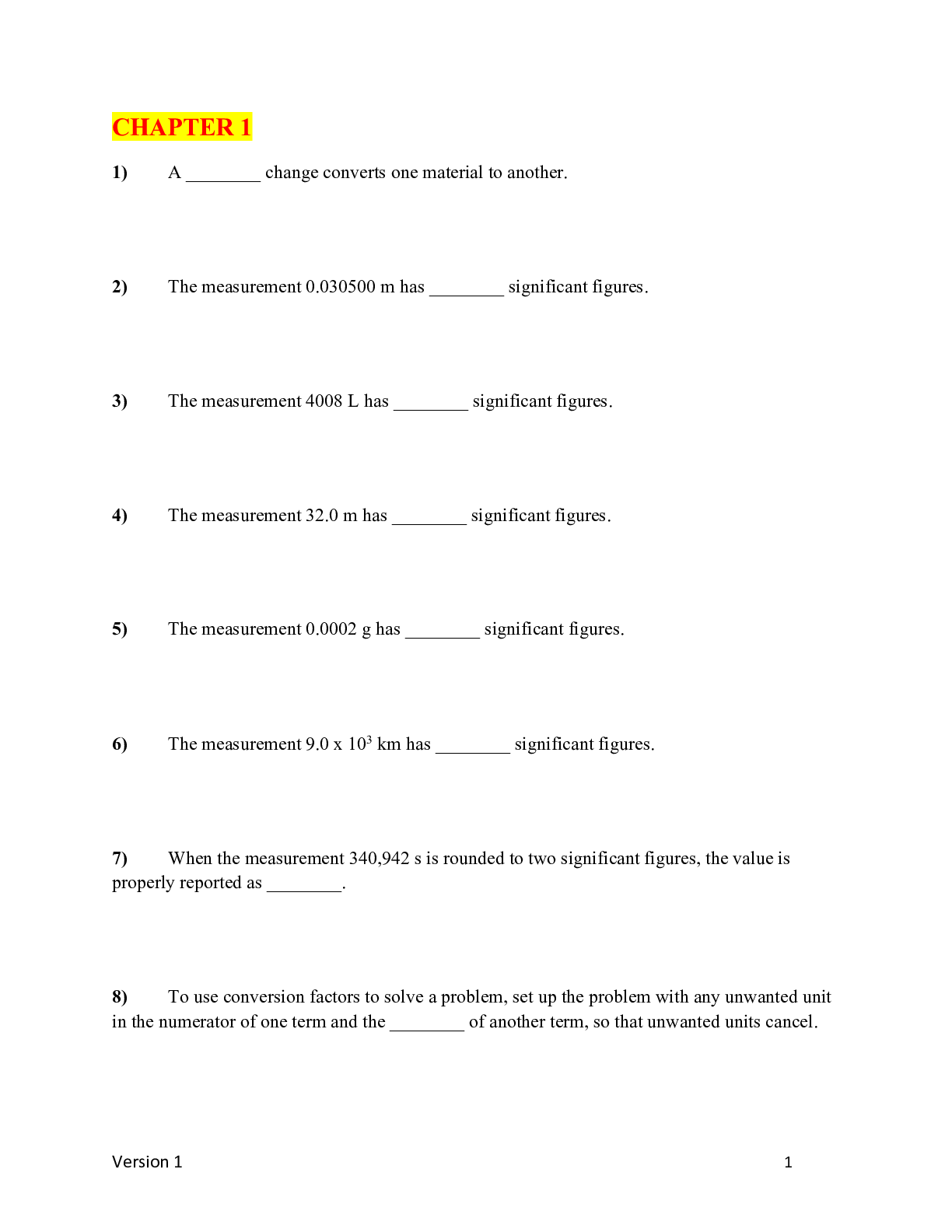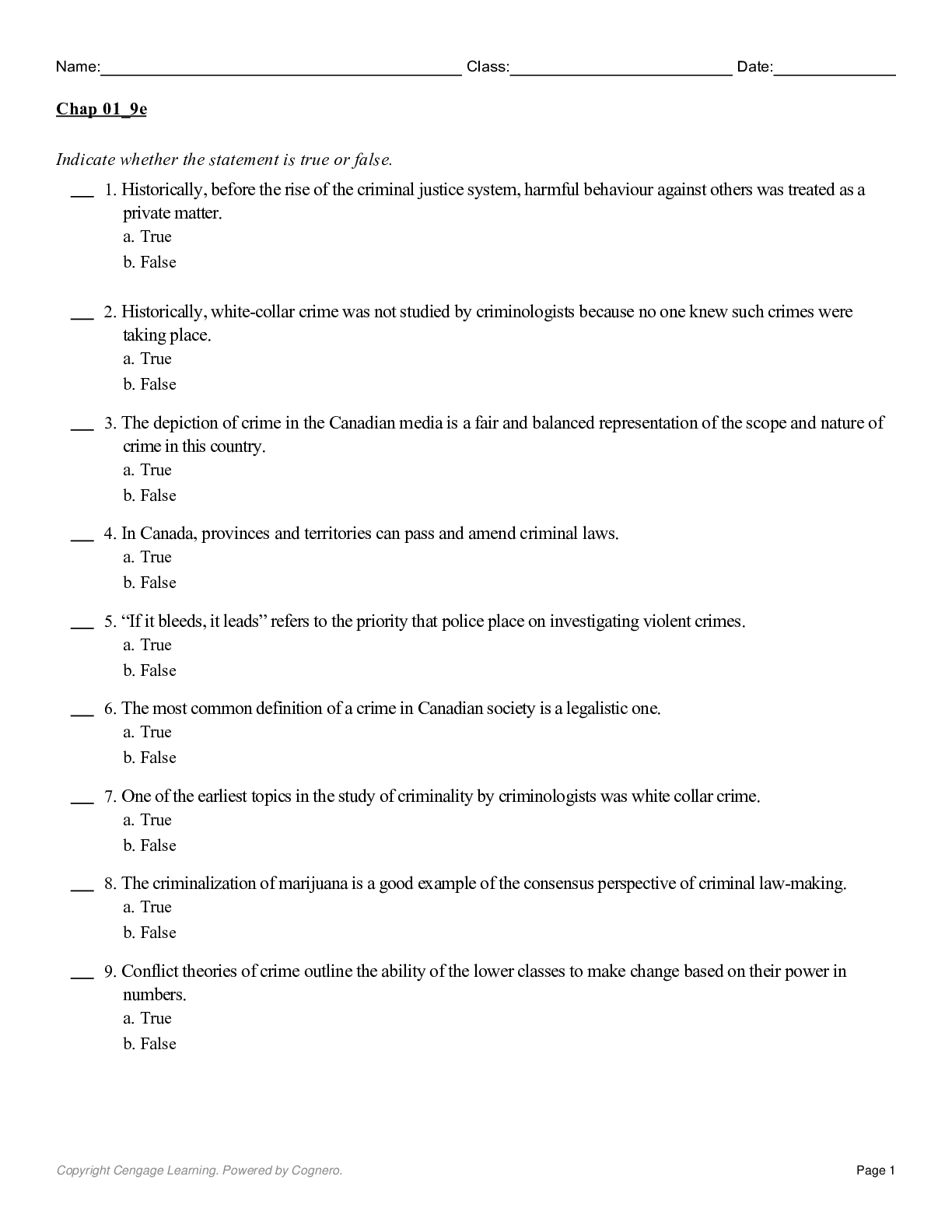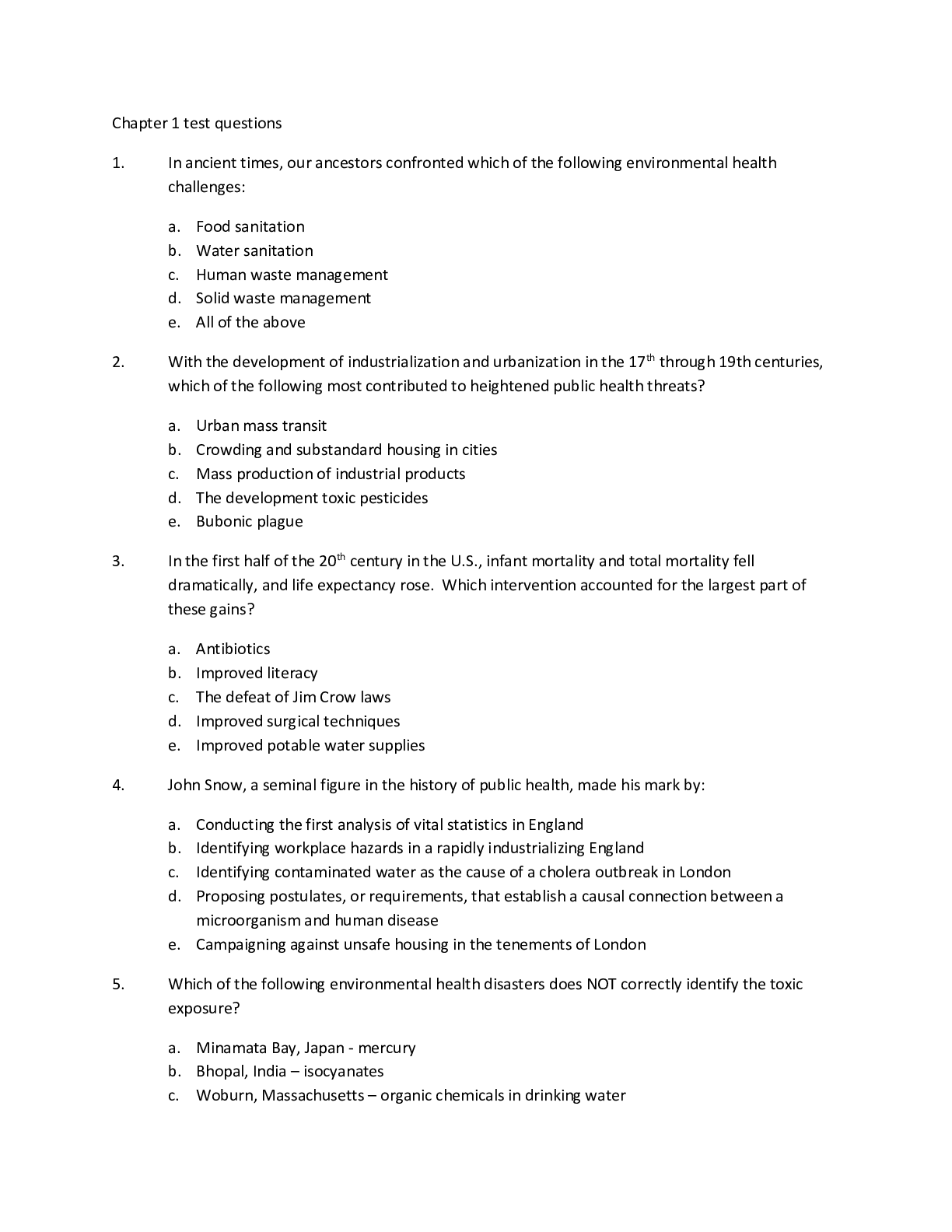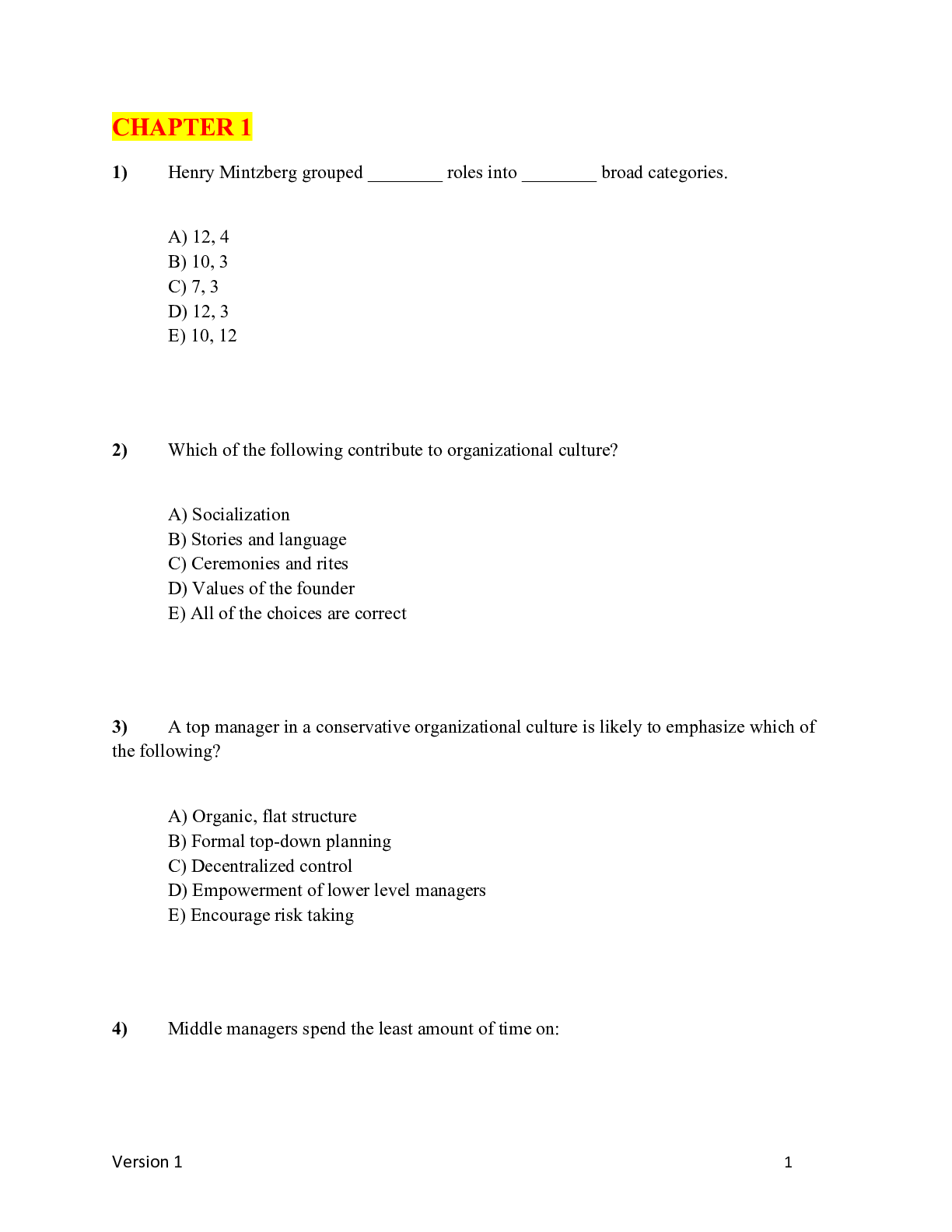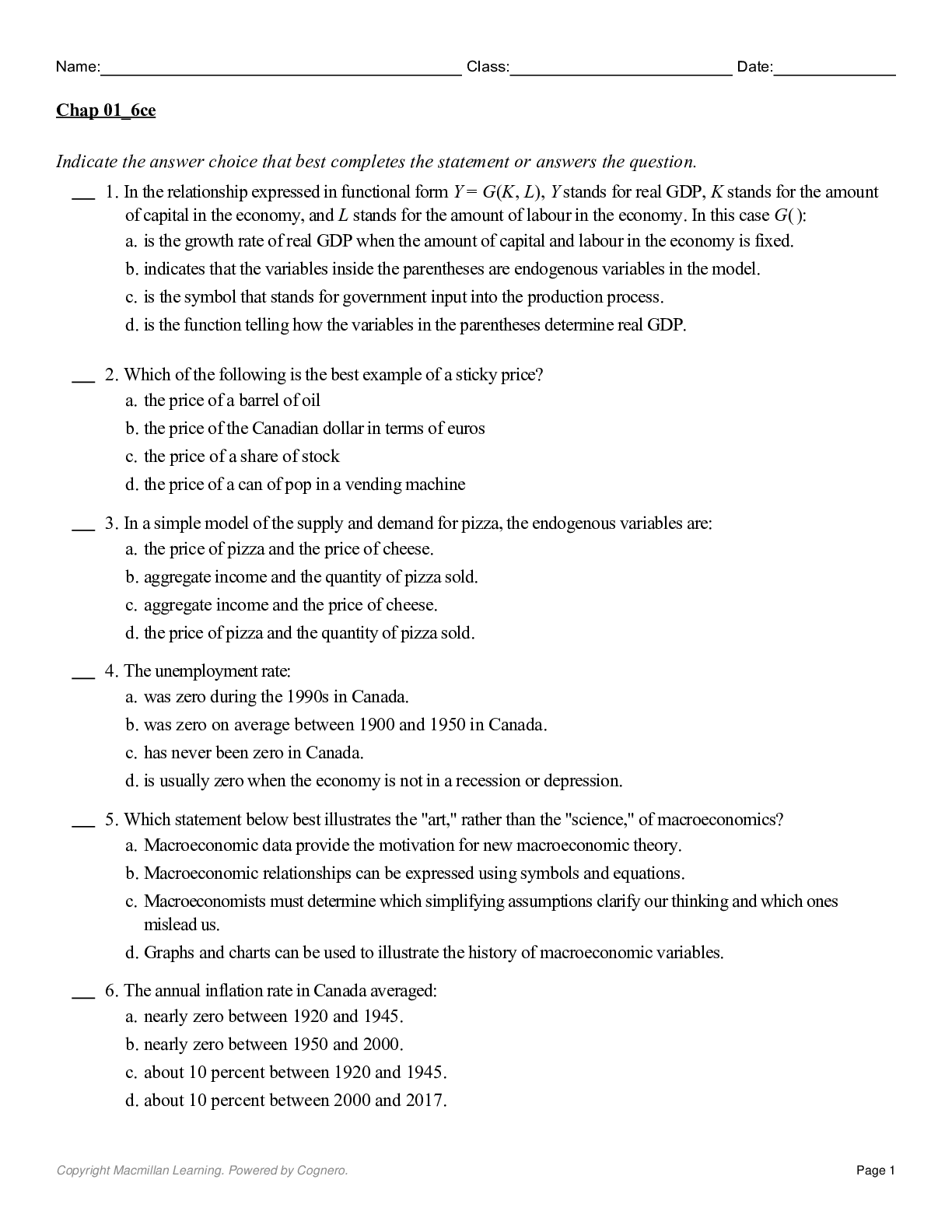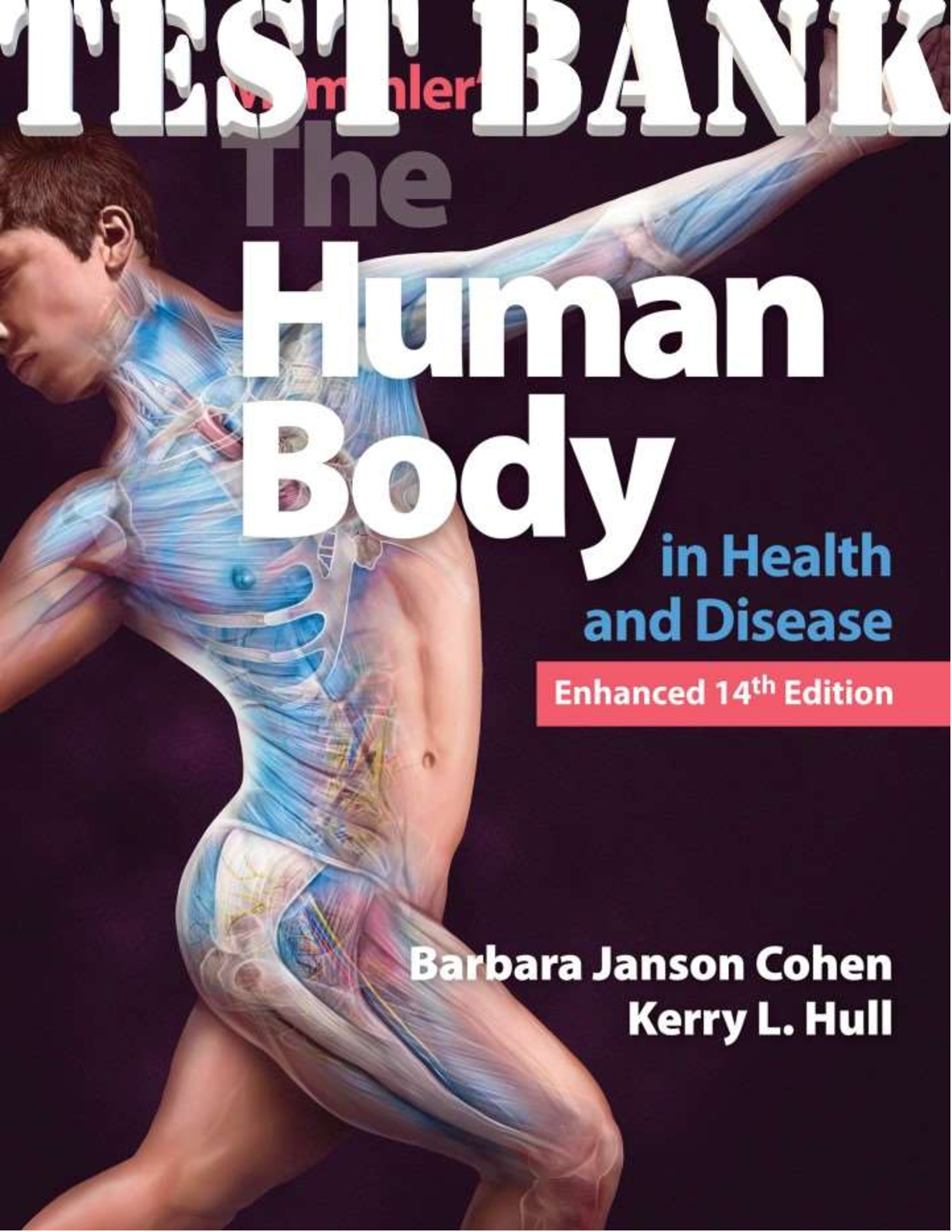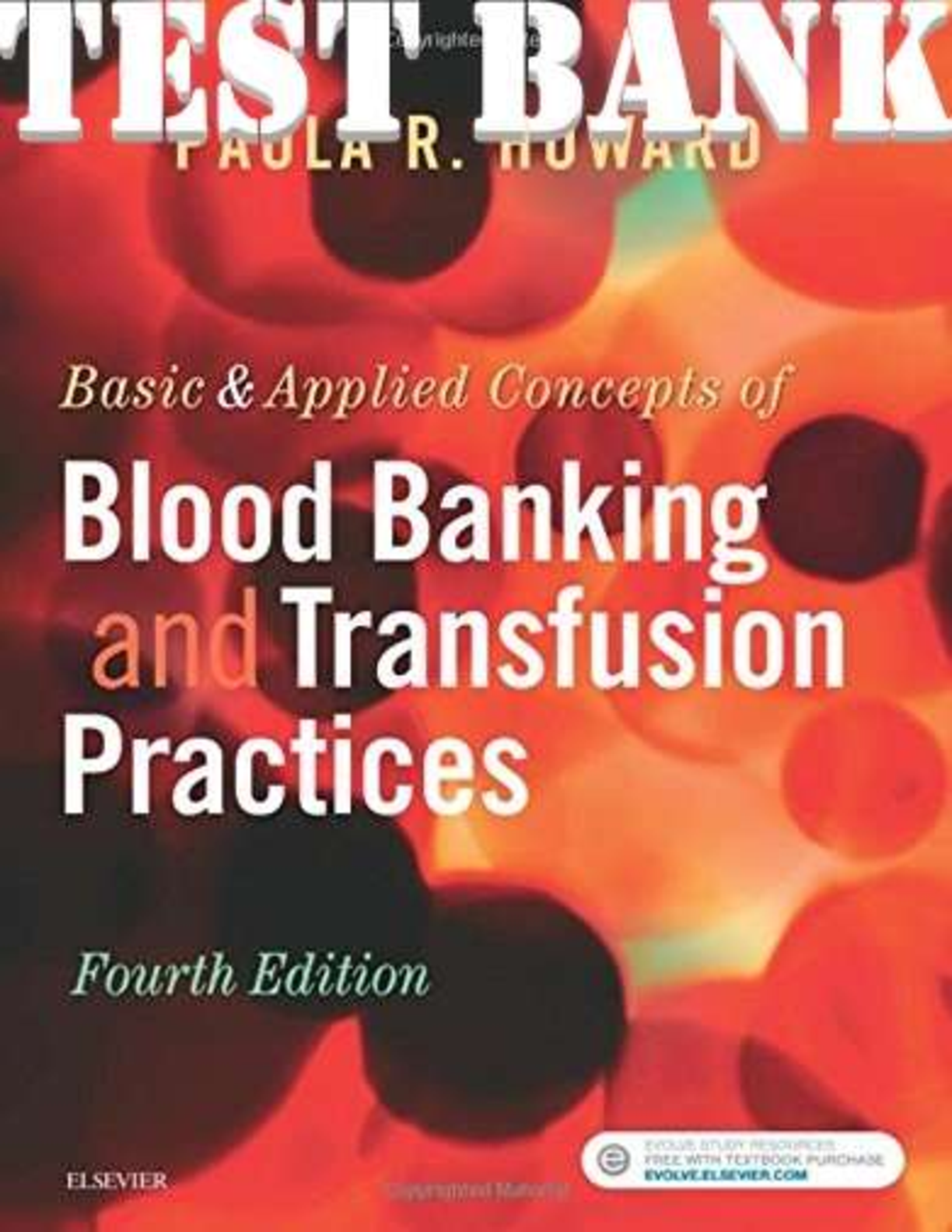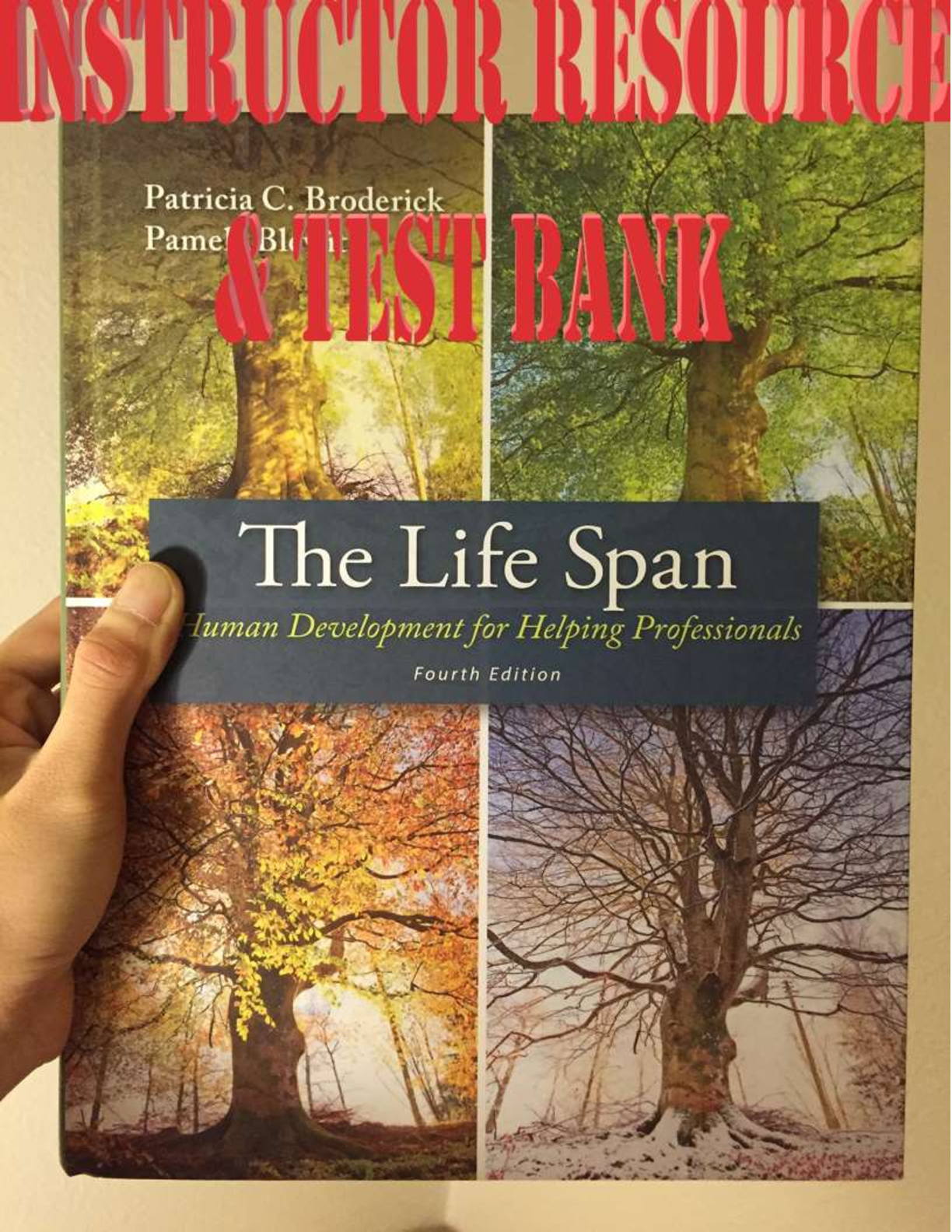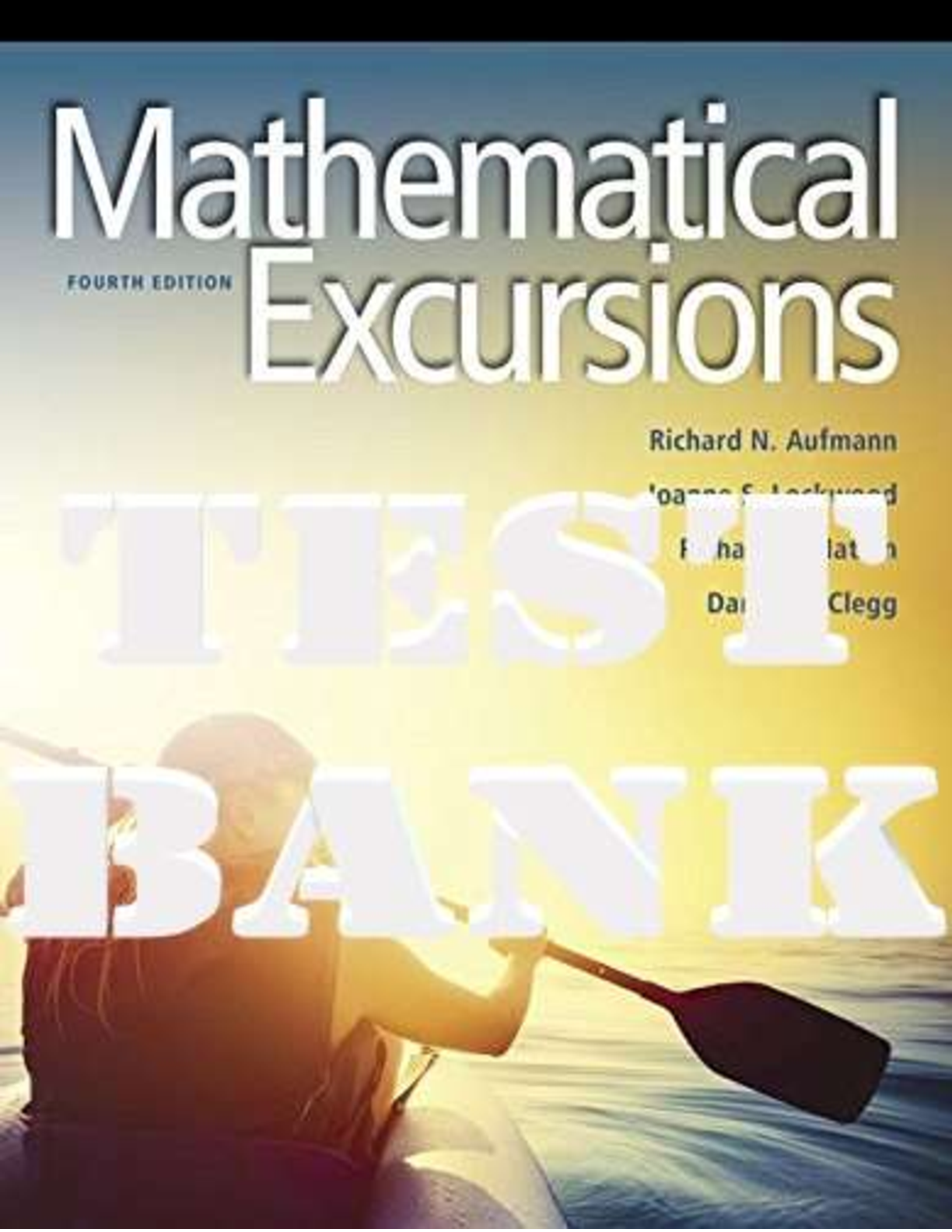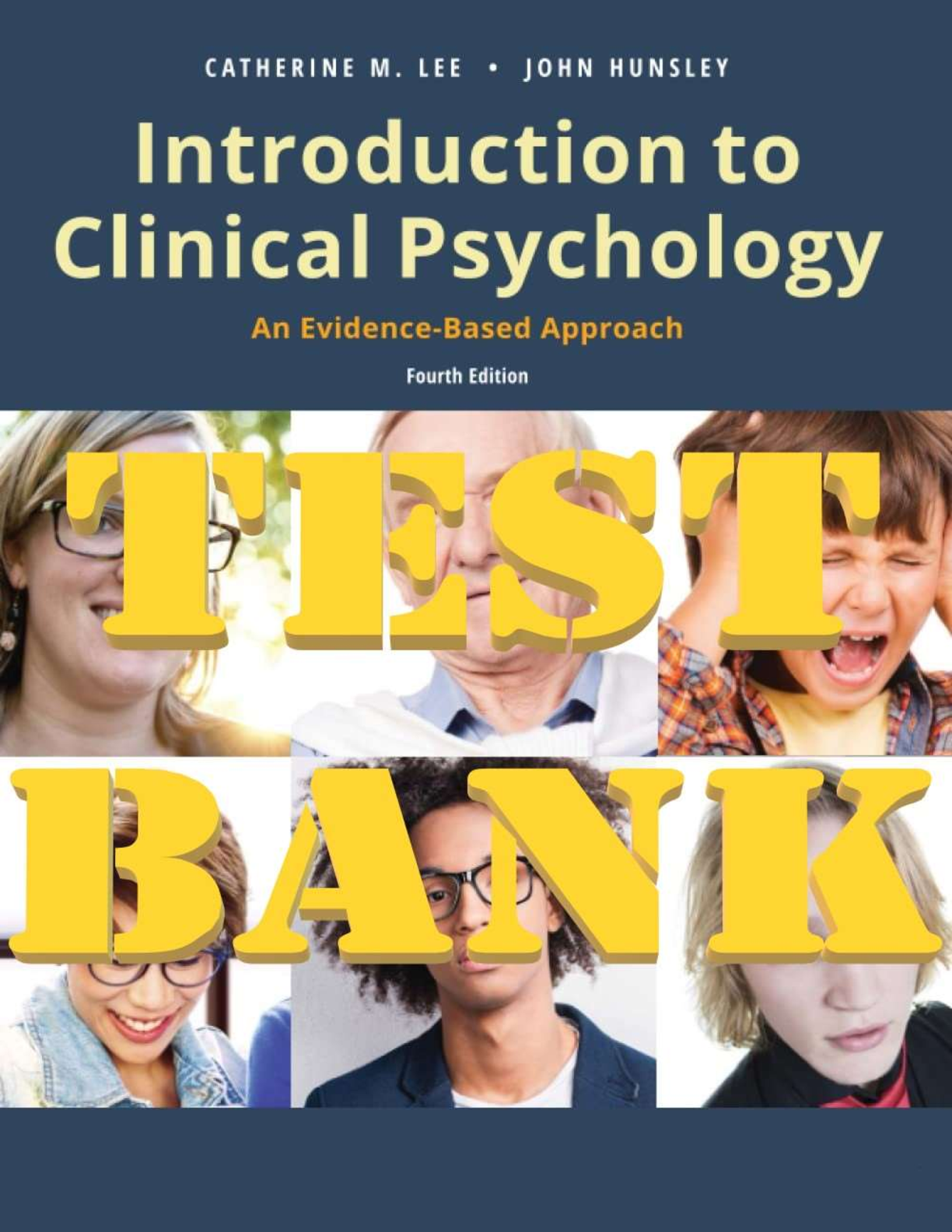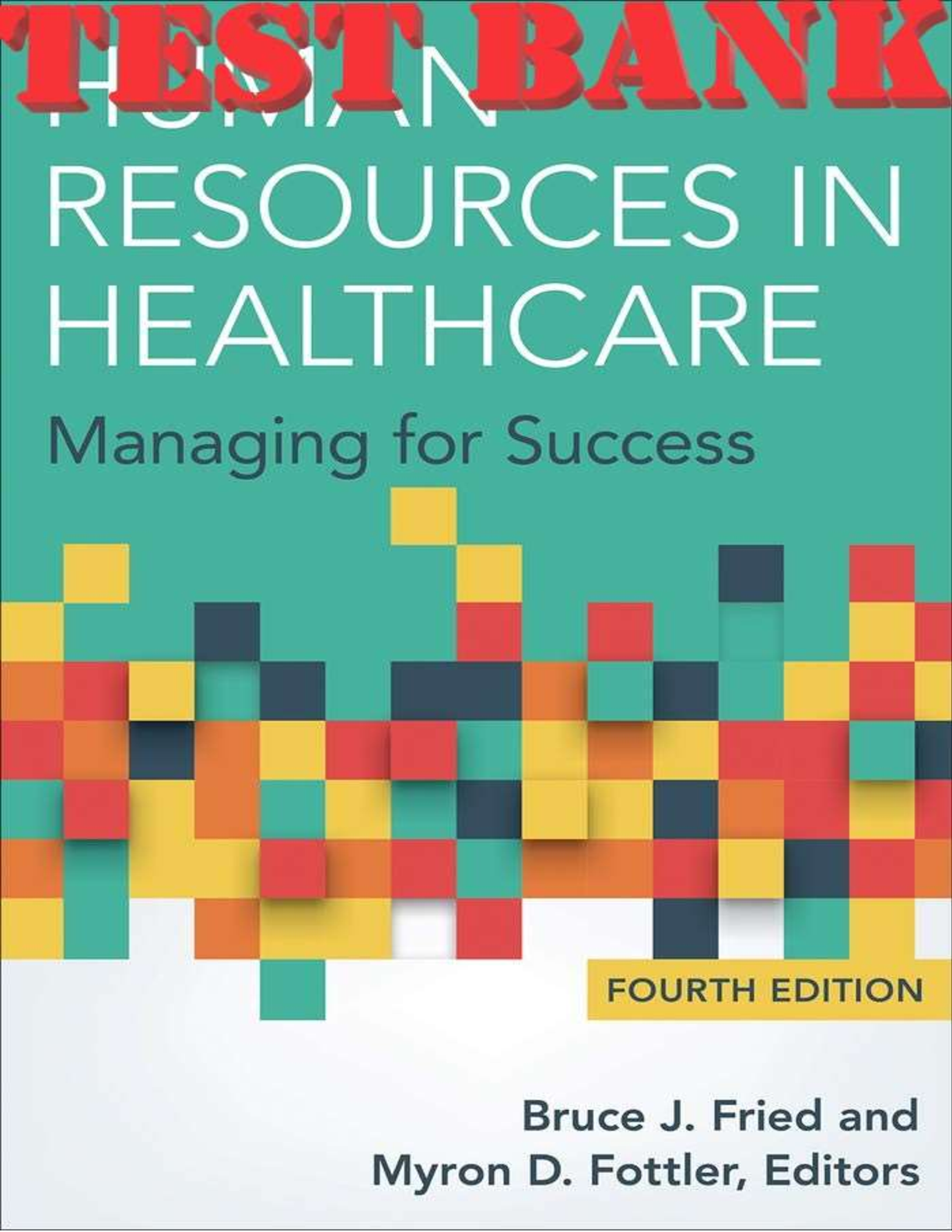Management > TEST BANK > Managing Change, Creativity and Innovation, 4th Edition by Dawson Test Bank (All)
Managing Change, Creativity and Innovation, 4th Edition by Dawson Test Bank
Document Content and Description Below
Test Bank for Managing Change, Creativity and Innovation, 4th Edition, 4e by Patrick Dawson, Constantine Andriopoulos TEST BANK ISBN-13: 9781529734959 Full chapters included PART ONE Setting th... e Scene: The Changing Landscape of Business Organizations 1 Introduction Managing change, creativity and innovation The importance of change, creativity and innovation in a world of flux and transition Case 1.1 A creative innovation to the problem of delivering packages in increasingly congested cities Rationale and structure of the book Conclusion Resources, readings and reflections Chapter review questions Hands-on exercise Some useful websites Recommended reading References 2 The Process of Change, Creativity and Innovation Introduction Organizational change Defining organizational change: The key dimensions The main drivers of change Gradual and rapid change: An explanatory model Case 2.1 Global Pandemic 2020 COVID-19: Triggers for change and the JobKeepers initiative in Australia Creativity Myths surrounding creativity: Towards a definition Theories and models of creativity Creative thinking Reflective exercise: Creative accidents and managing the process of creative work Innovation Forms and levels of innovation Closed and open innovation Disruptive innovation: Breaking away from established patterns A process model of continuous innovation Conclusion Resources, readings and reflections Chapter review questions Hands-on exercise Group discussion Takeaway exercise Some useful websites Recommended reading References 3 A Brief History of Management Thought in the Development of Concepts, Theories and Business Practice Introduction The Industrial Revolution Industrial organization and the coordination and control of work Change and the human aspects of work Sleepers wake: The spectre of technology and innovation Fit for purpose: The rise of contingency theory In search of excellence: Recipes for success Guru literature, popularized ideas and the reinvention of management New ideas for prospective futures: The global digital economy, advanced technology, precarious employment and declining household incomes Conclusion Resources, readings and reflections A reflective and prospective exercise Chapter review questions Hands-on exercise Group discussion Some useful websites Recommended reading References PART TWO Change and Innovation in Organizations 4 Classifying Theories of Organizational Change Introduction The need for good research, concepts and theory Positivism versus interpretivism: What is knowledge and existence? The paradox of continuity and change Classifying theories of change: The conceptual terrain Four foundational theories for understanding organizational change A historical frame for explaining developments in organizational change theories Metaphors of organizations and images of managing change A summary of theories and approaches to organizational change Conclusion Case 4.1 Mybank: A case study of organizational change Resources, readings and reflections Chapter review questions Hands-on exercise Group discussion Some useful websites Recommended reading References 5 Change Management Practice: Choices, Lessons Learned and Key Considerations Introduction Reasons for change: Context, drivers and choices Case 5.1 The role of government in driving change: Electricity in New Zealand and the politics of privatization Environmental determinism and strategic choice Scale and type of organizational change The practice of managing change: Guidelines, lessons and perspectives Reflective exercise: How leaders spark and sustain change The practice of managing innovation and change: Success and failure Is change and innovation the solution to business success? Case 5.2 Micro-X: A case study on competitive innovation of a high technology start-up company Conclusion Resources, readings and reflections Chapter review questions Hands-on exercise Group discussion Some useful websites Recommended reading References 6 Human Dimensions: Readiness, Communication, Sensemaking and Culture Introduction Getting ready for change Communication and change Communication skills and competencies for change Communication: Process and strategies Communication for gaining commitment and not compliance to change Case 6.1 A question of communication? A change project in a local government agency in New Zealand Communication as conversations in making sense of change Case 6.2 The importance of informal communication: Gossip and confidential gossip at work Organizational culture Case 6.3 Cultures at work: The case of Home Care Service The management of cultural change in organizations Case 6.4 Leadership, culture and change: The case of Jerusalem Paints Industry Conclusion Resources, readings and reflections Chapter review questions Hands-on exercise Group discussion Some useful websites Recommended reading References 7 People and Change: Power, Politics, Resistance, Time and Temporality Introduction Power and politics in the management of change Power and change Politics as ‘power in action’ in managing change The politics of change management: Winning the turf game Case 7.1 The hegemonic power of management and the sacking of the night shift: Power-coercive strategies or Machiavellian management? Resistance and change Individual responses to change Group responses to change Case 7.2 Collective resistance through social media: The case of social movement organizations (SMOs) Suppressing collective forms of resistance at work: Foxconn factories in China Resistance as authentic grievance for positive change Case 7.3 Resistance to threatened identities: Cultural reactions to change imposition Time, temporality and organizational change Conclusion Resources, readings and reflections Chapter review questions Hands-on exercises Workshop discussion Some useful websites Recommended reading References 8 Conventional Frameworks: Planning, Diagnostics and Sequence Introduction Laying the foundations for planned approaches: Kurt Lewin Organizational Development (OD) and diagnostic change management A matrix model of OD interventions Dunphy and Stace’s situational approach to change management Case 8.1 The British Rail case study: Learning from the past? John Kotter: Leading and managing successful change Case 8.2 Change at General Motors–Holden Conclusion Resources, readings and reflections Chapter review questions Research and reading exercise Group discussion Some useful websites Recommended reading References 9 Interpretative Frameworks, Dialogical OD, the Learning Organization and Appreciative Inquiry Introduction Dialogical OD and the movement away from diagnostic foundations Peter Senge: Continual transformation and the learning organization Jabri’s participative dialogical approach to managing change Case 9.1 Change and the transitioning of people with intellectual disabilities into aged care facilities Appreciative Inquiry (AI): Searching for the best in people Conclusion Resources, readings and reflections Chapter review questions Research and reading exercise Group discussion Some useful websites Recommended reading References 10 The Processual Turn: Politics, Context and Time Introduction Laying the foundations: Processual–contextual perspectives Temporality and the dominance of objective time in theorizing change Storying processes of change: Narrative and dialogue The storyist turn: change as a multi-story process The change kaleidoscope framework Dawson’s processual approach for understanding change A reappraisal of time for processual understanding Processes shaping organizational change Criticisms of Dawson’s processual approach Conclusion Resources, readings and reflections Chapter review questions Podcast exercise: Does time exist? Group discussion Some useful websites Recommended reading References PART THREE Creativity, Innovation and Change in Organizations 11 Creative Industries, Innovative Cities and Changing Worlds Introduction A new epoch of creativity and innovation Case 11.1 Entrepreneurial flair and the success of Amazon Creative industries: Strategy, wealth creation and growth Case 11.2 Social enterprise in the creative and cultural sector – The Forum Music Centre The age of creativity: Organizations, people and location The industrial and creative divide in the experience economy Creative cities and regions: Advancing creativity for development The creative class and the urban divide: Bohemians, tech-geeks, baristas and low-income service workers Conclusion Resources, readings and reflections Chapter review questions Video discussion Hands-on exercise Group discussion Some useful websites Recommended reading/listening References 12 The Individual: Promoting Critical Thinking Introduction Cognitive factors Implications for creativity, innovation and change management Personality traits Implications for creativity, innovation and change management Case 12.1 Kylie Jenner, the creative entrepreneur who built a global empire in record time Knowledge Formal or explicit knowledge Informal or tacit knowledge Knowledge for creativity? Is knowledge always conducive to processes of change, creativity and innovation? Implications for creativity, innovation and change management Motivation Types of motivation Implications for creativity, innovation and change management Conclusion Resources, readings and reflections Chapter review questions Hands-on exercise Group discussion Some useful websites Recommended reading References 13 The Group: Nurturing Teamwork Introduction Teams and the creative process Why do people join teams? Why do teams fail? Team-building interventions during change Creative teams: What do we know? Team inputs Team size Team longevity Task Knowledge, skills and abilities (KSAs) Resourcing the team Team composition Team processes Action processes Brainstorming Interpersonal processes Trust Conflict Team cohesiveness Moderators of team performance Task type Team leadership Team outcomes Case 13.1 Atlassian cofounders build a partnership that lasts Conclusion Resources, readings and reflections Chapter review questions Hands-on exercise Group discussion Some useful websites Recommended reading References 14 The Contextual Environment: Structure, Systems, Resources and Culture Introduction What is organizational structure? Situational factors Corporate strategy Organizational size Environmental uncertainty Organizing for change, creativity and innovation Systems Goal-setting and reward systems Evaluation Resources Sufficient resourcing Systems of communication Project selection Case 14.1 The creative process at an advertising agency in Australia Culture So what is organizational culture? Why is culture an important influence on organizational creativity and innovation? Norms that promote creativity and innovation Norms that promote implementation Practical principles for sustaining and building creativity and change Conclusion Resources, readings and reflections Chapter review questions Hands-on exercise Group discussion Some useful websites Recommended reading References 15 The Leader: Promoting New Ideas at Work Introduction Defining leadership How are managers different from leaders? Ingredients of leadership Historical overview of key leadership theories Trait approaches to leadership Behavioural theories Contingency theories Contemporary approaches to leadership Transformational and transactional leadership Charismatic and visionary leadership Leading creativity and innovation Qualities and approaches of leadership for change Leading an ambidextrous organization: Exploitative and explorative innovation Case 15.1 Transformation and change at Leeds Rhinos: The power of one Challenges Conclusion Case 15.2 From Jack Welch to Jack Dorsey: A tale of changing capitalism: Yogababble displaces shareholder returns, but egocentric bosses remain the same Resources, readings and reflections Chapter review questions Hands-on exercise Group discussion Some useful websites Recommended reading References 16 Conclusion Introduction Creative employees and the creative process Lessons for managing change, creativity and innovation [Show More]
Last updated: 1 year ago
Preview 1 out of 52 pages
Instant download

Buy this document to get the full access instantly
Instant Download Access after purchase
Add to cartInstant download
Reviews( 0 )
Document information
Connected school, study & course
About the document
Uploaded On
Oct 03, 2022
Number of pages
52
Written in
Additional information
This document has been written for:
Uploaded
Oct 03, 2022
Downloads
0
Views
75

